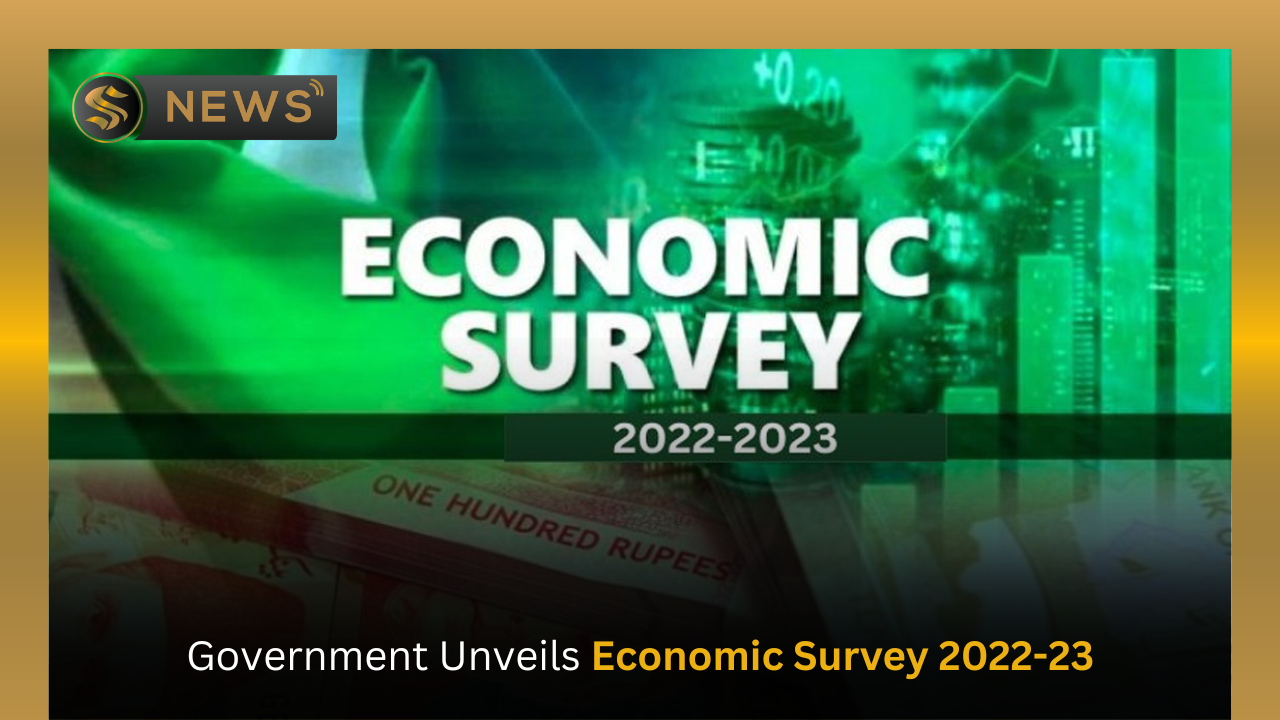
Share This Story, Choose Your Platform!
Economic Survey 2023 – Evaluating a Turbulent Year’s Performance
Finance Minister, Ishaq Dar revealed the economic survey for the fiscal year 2023, on Thursday, 8th June. The survey portrayed the bleak picture of Pakistan’s economy. He focused more on the global situation and economic conditions inherited by the PDM Government rather than addressing the disappointing performance of different sectors in the national economy.
A Peek into the Current FY Economic Performance
The GDP growth rate, a key indicator of an economy’s performance, recorded a meagre increase of 0.29%. Comparatively, in the previous fiscal year, it was 6.1%, while the government had set a target of 5% growth.
Despite being commonly referred to as the foundation of Pakistan’s economy, the agriculture sector experienced a growth rate of 1.6%, falling short of the targeted 3.9% expansion. The performance was adversely affected by unforeseen floods.
You May Also Read
The industrial sector suffered a severe blow from the economic crisis, contracting by 2.94% in contrast to the targeted growth rate of 7.4%. In the previous year, industries experienced a notable growth of 6.83%.
The services industry achieved a modest growth of 0.9%, falling significantly short of its target of 4% expansion.
Pakistan’s investment-to-GDP ratio experienced a decline from 15.7% in the previous fiscal year to 13.6% in fiscal year 2022-23. However, the savings-to-GDP ratio increased from 11.1% to 12.6% during the same period, primarily attributed to higher interest rates. Moreover, the tax-to-GDP ratio significantly dropped to 6.6% in 2022-23 compared to 10.1%, in 2021-22.
The country’s GDP per capita experienced a decline from $1,765 in the previous year to $1,586 in the current fiscal year, primarily attributed to the weak performance of the rupee against the US dollar.
Proposing Five Es
The Finance minister stated that in the previous term, the PML-N government focused on addressing three Es; energy shortages, extremism, and the economic crisis. Now, they intend to prioritize exports, e-Pakistan through digitization, the environment, energy and infrastructure, as well as equity and empowerment.
Prioritizing Development Sectors
The government also plan to concentrate on post-floods ‘4RF,’ i.e., Resilient, Recovery, Rehabilitation and Reconstruction Framework. The revival of the China-Pakistan Economic Corridor (CPEC) will also be prioritized to boost economic growth.
He also proposed a plan to increase 18-20% salaries and pensions for government employees in the upcoming budget. Special incentives for agriculture, information technology, and manufacturing will be given to the investors. The finance minister mentioned that the government’s strategy for economic recovery involves fiscal measures and structural reforms, with further details to be announced in the budget speech.
Inherited Miserable Economy
The finance minister emphasized that the macroeconomic indicators should be viewed in light of the PDM coalition government taking office in April 2022. The fiscal space was strained, inflation was increasing, financing needs were growing, and debt was rising.
Paid Political Cost
The previous government’s actions damaged the country’s credibility by reneging on international commitments. PDM government had to implement tough measures to restore international confidence. The country also faced additional challenges, such as global crises and severe flooding, leading to significant economic and infrastructure losses exceeding $30 billion. Despite enduring significant political costs over 14 months, the government considered it worthwhile to regain international confidence.
IMF and Artificial Devaluation of Rupee
During his speech, Mr. Dar expressed hope that the IMF’s 9th review would be completed soon, as it had been unnecessarily delayed. Regarding the interest and exchange rates increase, he believed that the country had entered a vicious cycle due to devaluation and exchange rate deregulation. He also claimed that “hidden hands” were responsible for the depreciation of the Pakistani currency, leading to an artificially undervalued Rupee against the US dollar.




